'A Good Death' by Jason Warick
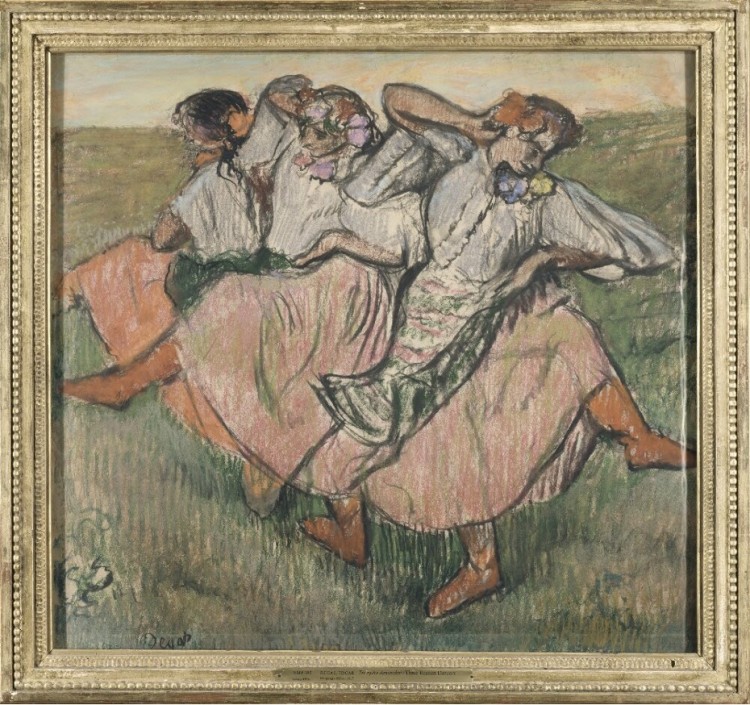
Jason Warick; CBC News
A Good Death is a profile of Saskatoon artist Jeanette Lodoen before, during, and after her death by medical assistance in dying. She granted CBC News unrestricted access to herself and her family in her final days because she wanted to share what an assisted death is like with families, health professionals, and lawmakers.
'Ana' blog by Ana Estrada

Ana Estrada
From 2019 to 2024, the personal blog of the psychologist Ana Estrada, typed with the one finger she could move, became a focal point of the debate on assisted dying in Peru. A chronicle of Estrada’s life with polymyositis and in palliative care, the blog supported her successful appeal for the right to die, creating a legal precedent in her country and sparking discussion far beyond.
'Arbeit und Struktur' by Wolfgang Herrndorf

Wolfgang Herrndorf
After being diagnosed with a malignant brain tumour, Wolfgang Herrndorf began writing a blog in 2010, in which he reflected on how he coped with the illness. Published as a book in 2013 following his suicide by firearm, the text has been interpreted as a forceful advocacy for the right to assisted dying and has been cited in political debates as a powerful plea by supporters of its legalisation.
'At His Own Wake, Celebrating Life and the Gift of Death' by Catherine Porter

Catherine Porter
In this New York Times cover story, Catherine Porter recounts the assisted death of John Shields, an activist, environmentalist, and union leader from Vancouver Island. The article appeared shortly before the one-year anniversary of the legalization of medical assistance in dying in Canada and explores how assisted death impacts the rituals surrounding death.
'By the Time Your Read This, I’ll Be Dead' by John Hofsess

John Hofsess
In this article, right to die activist John Hofsess reveals that he illegally helped eight people kill themselves from 1999 to 2001, including the Canadian poet Al Purdy. Hofsess portrays himself in a positive light, as a hero of the assisted suicide cause, but a 2022 article by journalist Sandra Martin casts doubt on both his character and motivations.
'Del otro lado del jardín' by Carlos Framb

Carlos Framb
After assisting in his mother Luzmila Alzate’s death in 2007 and unsuccessfully attempting suicide, the poet Carlos Framb found himself accused of homicide. This memoir recounts Framb’s legal saga, his relationship with his mother, and defends the right-to-die in the context of Colombia, that had decriminalized euthanasia in 1997 but not yet created guidelines for assisted dying.
'Deséenme un buen viaje' by Gina Montaner
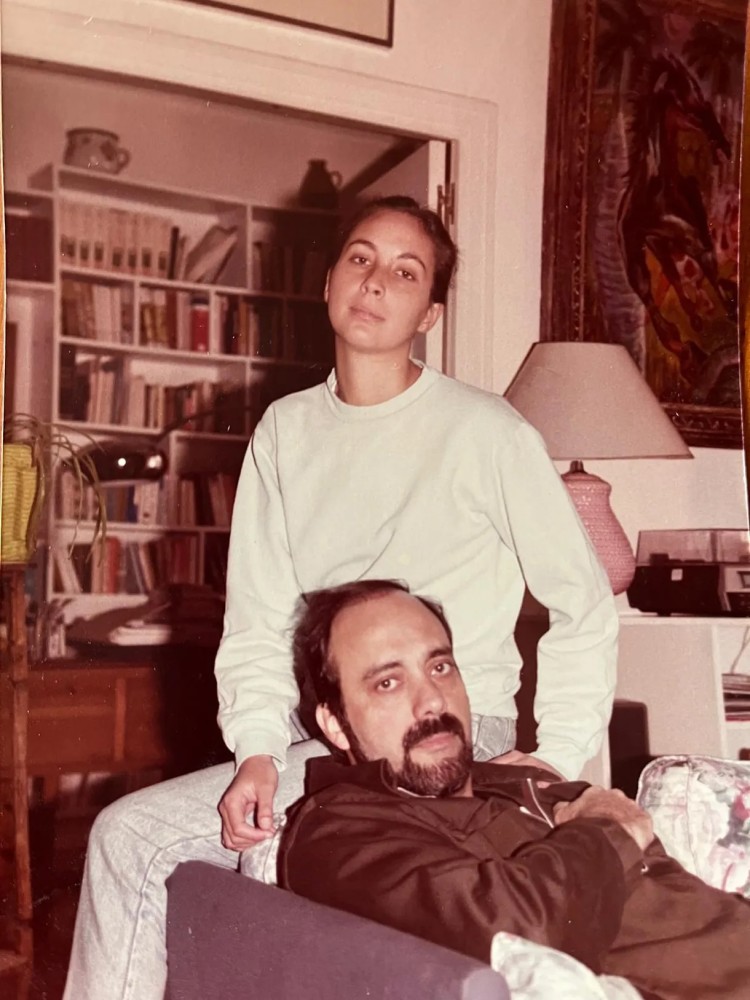
Gina Montaner
About to turn 79 and suffering from what seemed to be Parkinson’s, the Cuban-Spanish writer Carlos Alberto Montaner asked his daughter to help him seek an assisted death. In this memoir, Gina Montaner recounts how her father, as a political exile, fought for democratization in Cuba and, as a naturalized citizen, for the right to access legal euthanasia in Spain.
'Dies Irae' by Danièle Saint-Bois
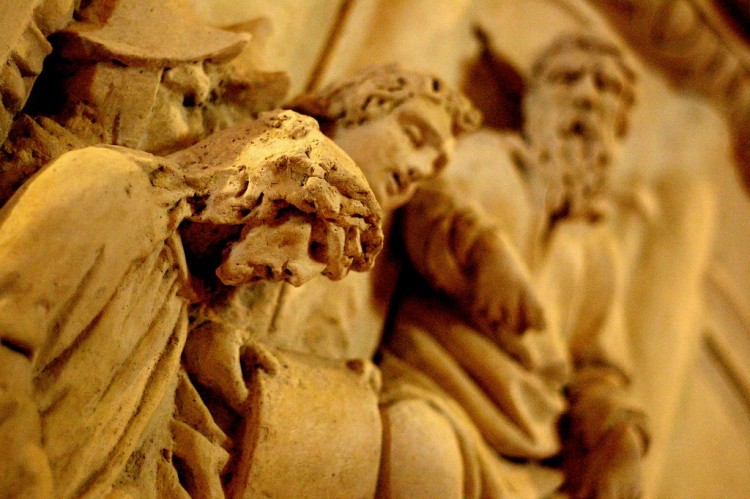
Danièle Saint-Bois
Following two extremely difficult years suffering with cancer, artist Alicia D. decides she wants to end her life. With the help of her doctor and a nurse, who is also a love interest, Alicia receives an actively hastened death, beyond the provisions of the 2005 Leonetti Law.
'Dying: A Memoir' by Cory Taylor
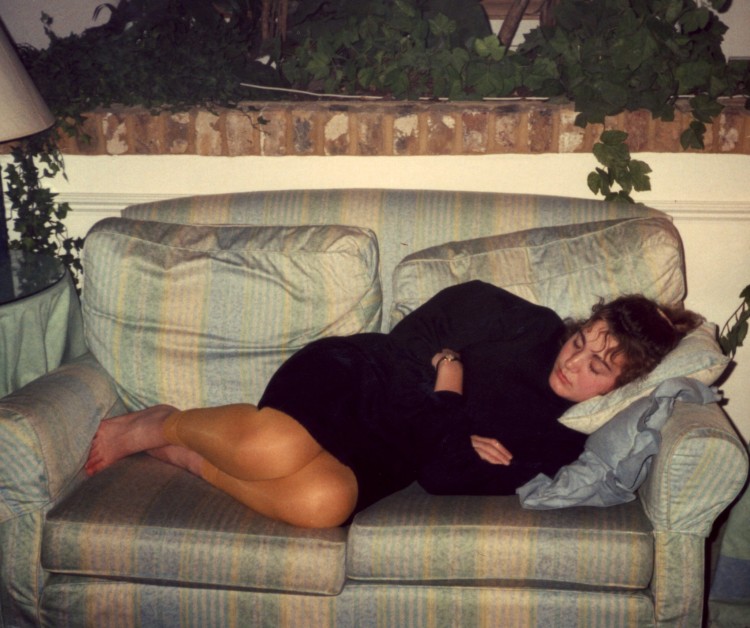
Cory Taylor
Written as Cory Taylor was dying, this memoir explores her relationship with death, her perspective on her family and childhood, and her wish, illegal in Australia at the time, that she could have an assisted death with her family present. Media coverage of the book focused on Taylor’s detailed argument for legalisation and her quietly confrontational confession about ordering Nembutal from China.
'Het refrein is Hein. Dagen uit een verpleeghuis' by Bert Keizer
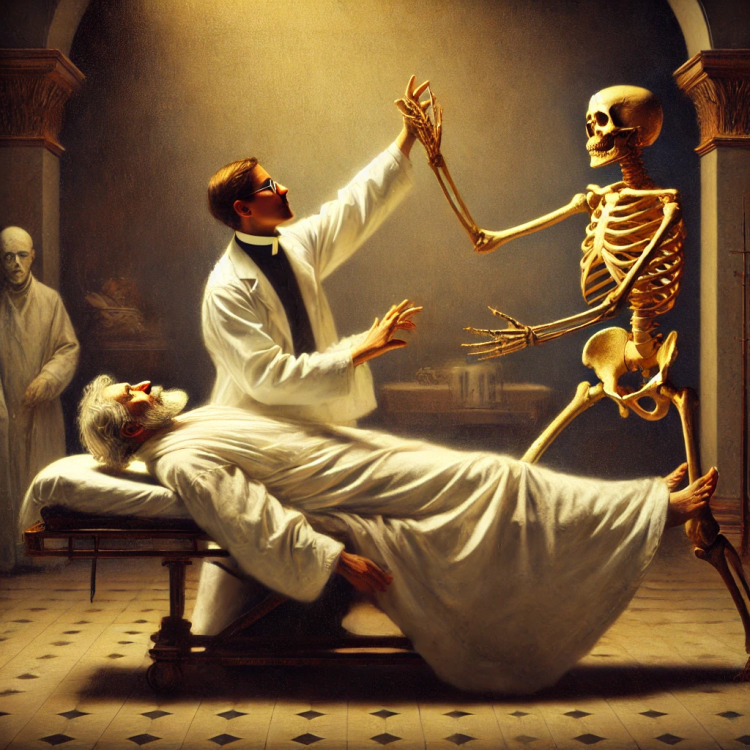
Bert Keizer
In Het refrein is Hein by Bert Keizer, Anton, a physician in the nursing home De Liefdeberg, describes his daily interactions with colleagues, and patients and their loved ones. Anton provides an unvarnished look at ageing, suffering, and the inevitability of death while reflecting, and in turn inviting the reader to reflect, on ethical dilemmas such as that of assisted dying.
'Intervals' by Marianne Brooker
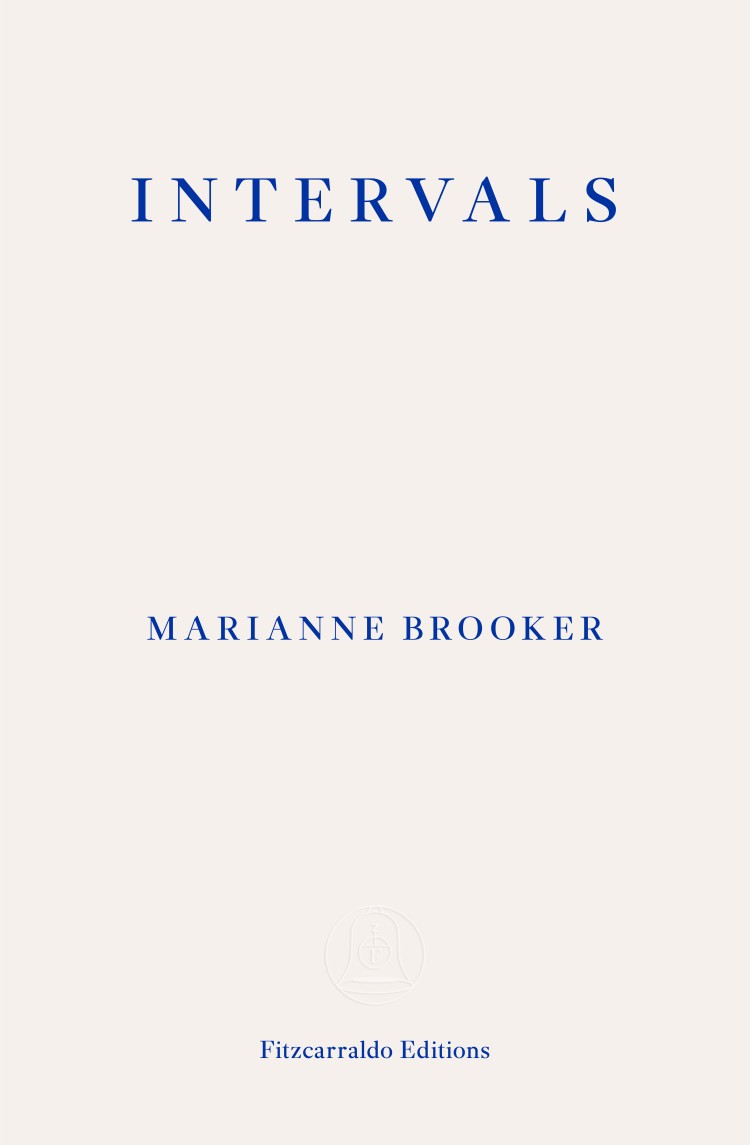
Marianne Brooker
Having lived with a progressive form of multiple sclerosis for ten years, Marianne Brooker’s mother voluntarily stopped eating and drinking, a legal approximation of assisted dying in the UK. Brooker’s long-form essay about her mother’s decision and her own experience caring for her at the end positions Brooker’s demand for assisted dying options within wider issues of social justice.
'Je vous demande le droit de mourir' by Vincent Humbert
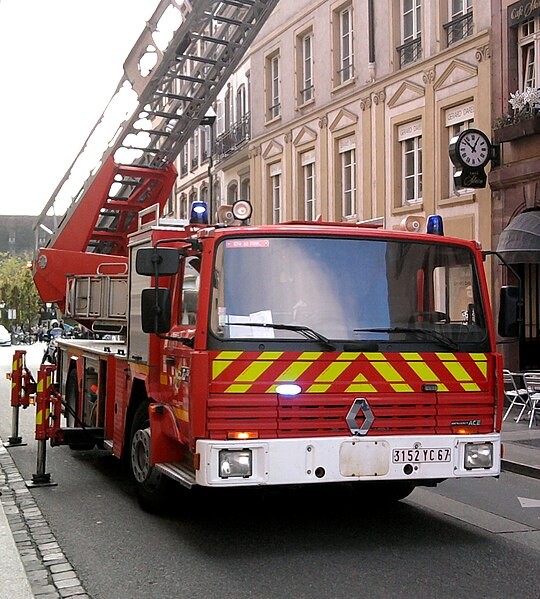
Vincent Humbert (with Frédéric Veille)
Following a life-changing accident, which left Vincent Humbert paraplegic, blind and mute, the young man decided that he wanted to end his life and wrote to the French President in search of help. This text is his story, one of the most significant in the history of the assisted dying debate in France.
'Ma dernière liberté: Journal d’une mort décidée' by Jean-Marie Lorand
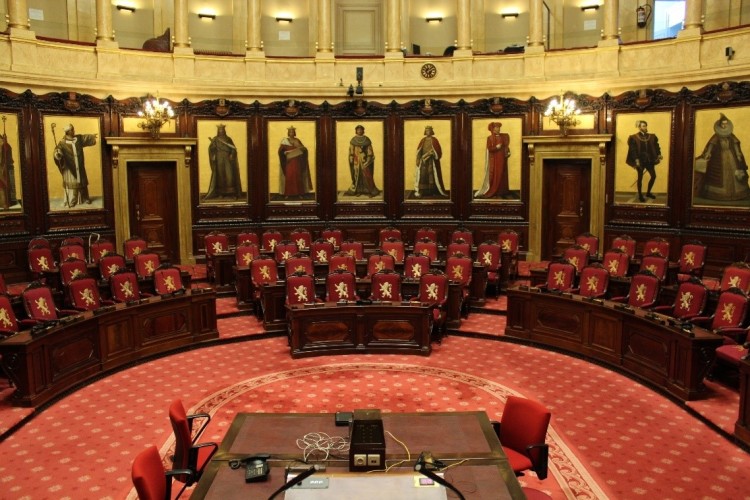
Jean-Marie Lorand
This text is a published version of the diary kept by former journalist and parliamentary aide, turned assisted dying activist, Jean-Marie Lorand during the last months of his life. Lorand was an influential figure in public debate and his testimony was shared during the hearings in the Belgian Senate prior to the introduction of the country’s Act on Euthanasia (2002).
'Mala carne' by Sofía Almiroty
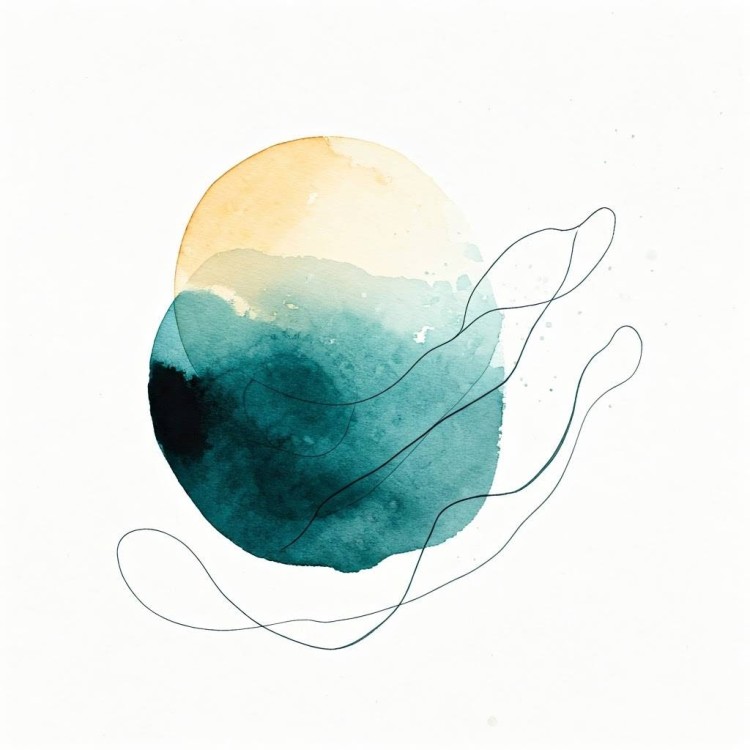
Sofía Almiroty
In Sofía Almiroty’s debut novel, Ariana takes her grandmother Rosa, whose skin is ravaged by a rare cancer, to say goodbye to the town where Rosa grew up; they hope to have enough morphine to keep the pain at bay. Set in Argentina, the novel was published in Spain, where assisted dying has been legal since 2021 – as opposed to Argentina, where it remains a crime.
'Tanner geht' by Wolfgang Prosinger
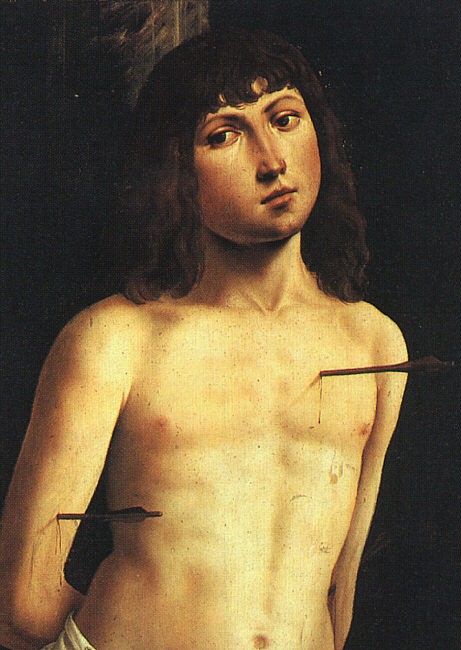
Wolfgang Prosinger
51-year-old Ulrich Tanner, who lived in Cologne, suffered from various incurable diseases and took his own life in Switzerland with the help of the organisation Dignitas. Journalist Wolfgang Prosinger accompanied and interviewed Tanner in his last months and wrote a book about his life and his decision to commit assisted suicide.
‘The Last Doctor: Lessons in Living from the Front Lines of Medical Assistance in Dying’ by Dr.…

Dr. Jean Marmoreo, Johanna Schneller
Dr. Jean Marmoreo, a family doctor working in Toronto, recounts how she came to provide assisted dying through the stories of seven patients. Co-authored by journalist Johanna Schneller, this memoir explores the challenges that assisted dying practitioners faced following legalization of the procedure in Canada and was a finalist for the 2022 Balsillie Prize for Public Policy.
‘This is Assisted Dying: A Doctor’s Story of Empowering Patients at the End of Life’ by Stefanie…

Stefanie Green, MD
In this memoir, Dr. Stefanie Green chronicles her first year providing medical assistance in dying (MAID) immediately following the procedure’s legalization in 2016. Dr. Green is one of Canada’s leading MAID providers and is the founding president of the Canadian Association of MAID Assessors and Providers.
'TI SI WHAT TI SI' by Paola Roldán

Paola Roldán
Published two years before her constitutional victory for the right to die, Paola Roldán’s memoir narrates her journey of self-discovery and of living with ALS, a chronic disease that left her paralyzed and dependent on a respirator. Dedicated to her son and having a spiritual dimension, the 2022 book helped promote Roldán’s plea for self-determination in Ecuador’s religious-political landscape.
'Ana' photographs by Jessica Alva Piedra

Jessica Alva Piedra
Between 2019 and 2020, the Peruvian photographer Jessica Alva Piedra collaborated with the psychologist Ana Estrada to portray Estrada’s life with polymyositis and in palliative care. The resulting photos, a testimony to Estrada’s agency to represent her own body while advocating for the right to die, appeared in Estrada’s blog, in a photobook, and in media outlets around the world.
'Gina' by Wendell Cooke and Jeremy Macey
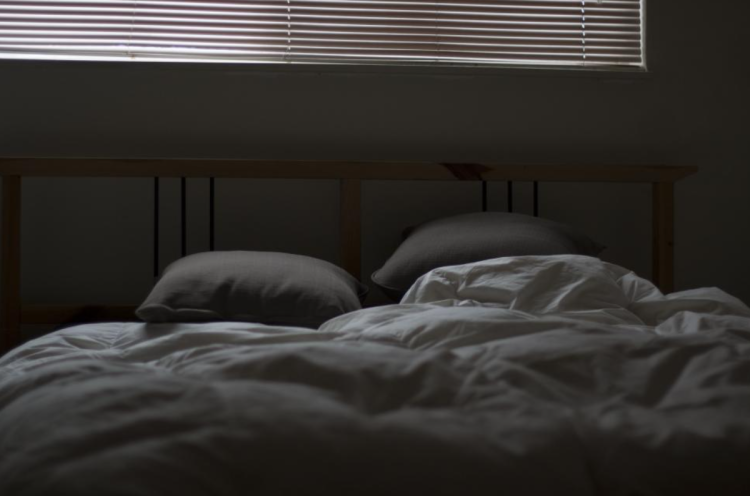
Wendell Cooke (dir.), Jeremy Macey (dir.)
A three-minute documentary film about Gina, a New Zealand woman living with a rare genetic condition that affects her ears, eyes and larynx. Gina’s case has been mentioned in the New Zealand and Queensland parliaments and the film gained over 100,000 views in the years before assisted dying was legalised in Aotearoa/New Zealand.
'How to die in Oregon' by Peter Richardson

Peter Richardson (director)
This documentary follows the stories of a number of individuals in Oregon who have chosen to, or are considering, making use of the state’s death with dignity law. Through these stories, it paints the legalization of assisted suicide in an extremely positive light, demonstrating the gratitude and relief of individuals who can legally access medications which will end their lives.
'Last Flight Home' by Ondi Timoner

Ondi Timoner (director)
Ondi Timoner tells the story of her father, Eli Timoner, a former entrepreneur and founder of an airline, who chooses to end his life by medical assistance in dying under California’s End of Life Option Act.
'Marieke, addicted to life' by Pola Rapaport

Pola Rapaport (director)
The Belgian wheelchair athlete Marieke Vervoort suffered from progressive myelopathy, a rare degenerative muscle disease. The winner of multiple medals at the 2012 and 2016 Paralympic Games experienced increasingly unbearable pain and chose to pass away through euthanasia in 2019, which is presented in a positive light. As a public figure, her case sparked widespread debate in the media.
'The Leave-Taking' by Ruth Steinberg
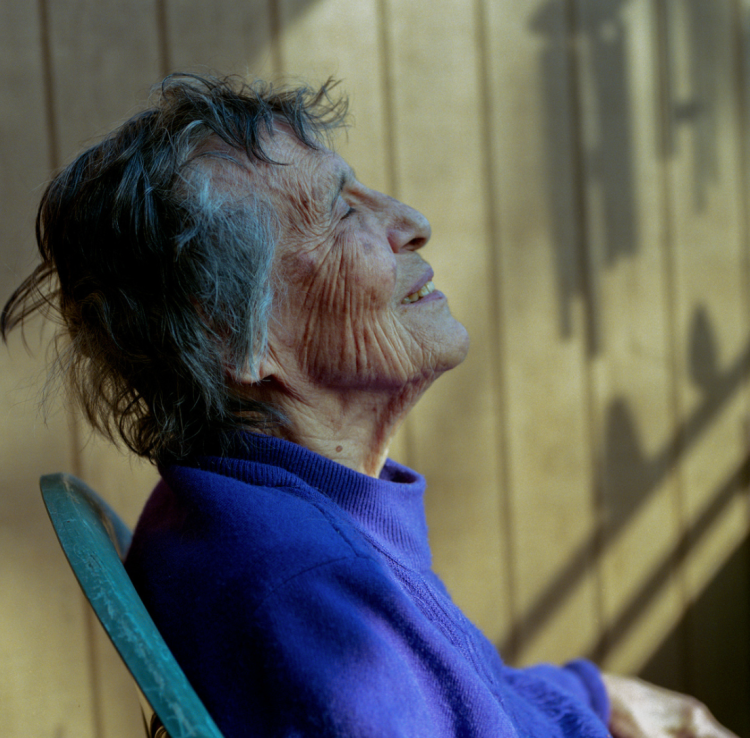
Ruth Steinberg
Photo-based artist Ruth Steinberg had been taking pictures of her neighbour and friend, Alma Norman, for years when the latter decided to have a medically assisted death. The intimate photographs from the 5 months leading up to Norman’s death in November 2020 were made public in The Leave-Taking, an exhibit in Karsh-Masson Gallery in Ottawa’s City Hall, in 2023.
'Une autre histoire' by Chantal Cadieux

Chantal Cadieux
In this TV series spanning four seasons, Anémone Leduc is forced to reckon with her past because of a diagnosis of hereditary early onset Alzheimer’s disease. Over the course of the series, she reconciles with her estranged children and chooses to have an assisted death before she loses decision-making capacity, as required under law in dementia cases at the time.
'Zondag gaat het gebeuren' by Joeri Vlekken
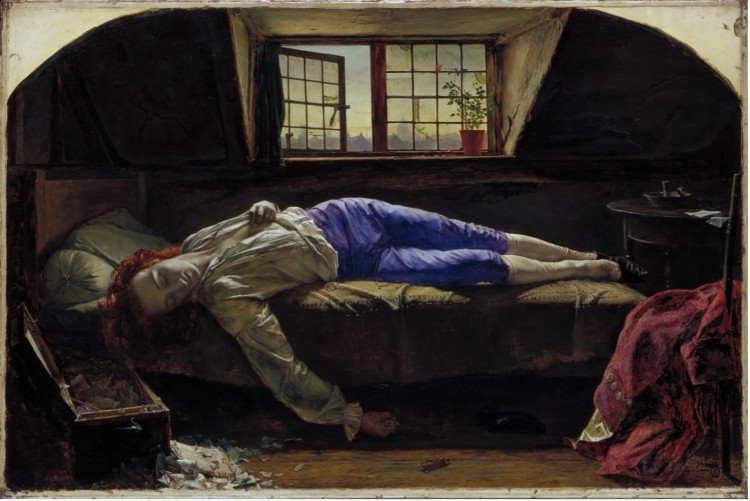
Joeri Vlekken (director)
This award-winning documentary follows Carl Ridders, a 50-year-old Dutch-Belgian actor with ALS (Amyotrophic Lateral Sclerosis), in his final months before choosing assisted death. It captures theatrical photoshoots during which Carl was photographed by Lieve Blancquart. It subtly suggests assisted death as a way to preserve dignity and avoid suffering in one’s last moments.